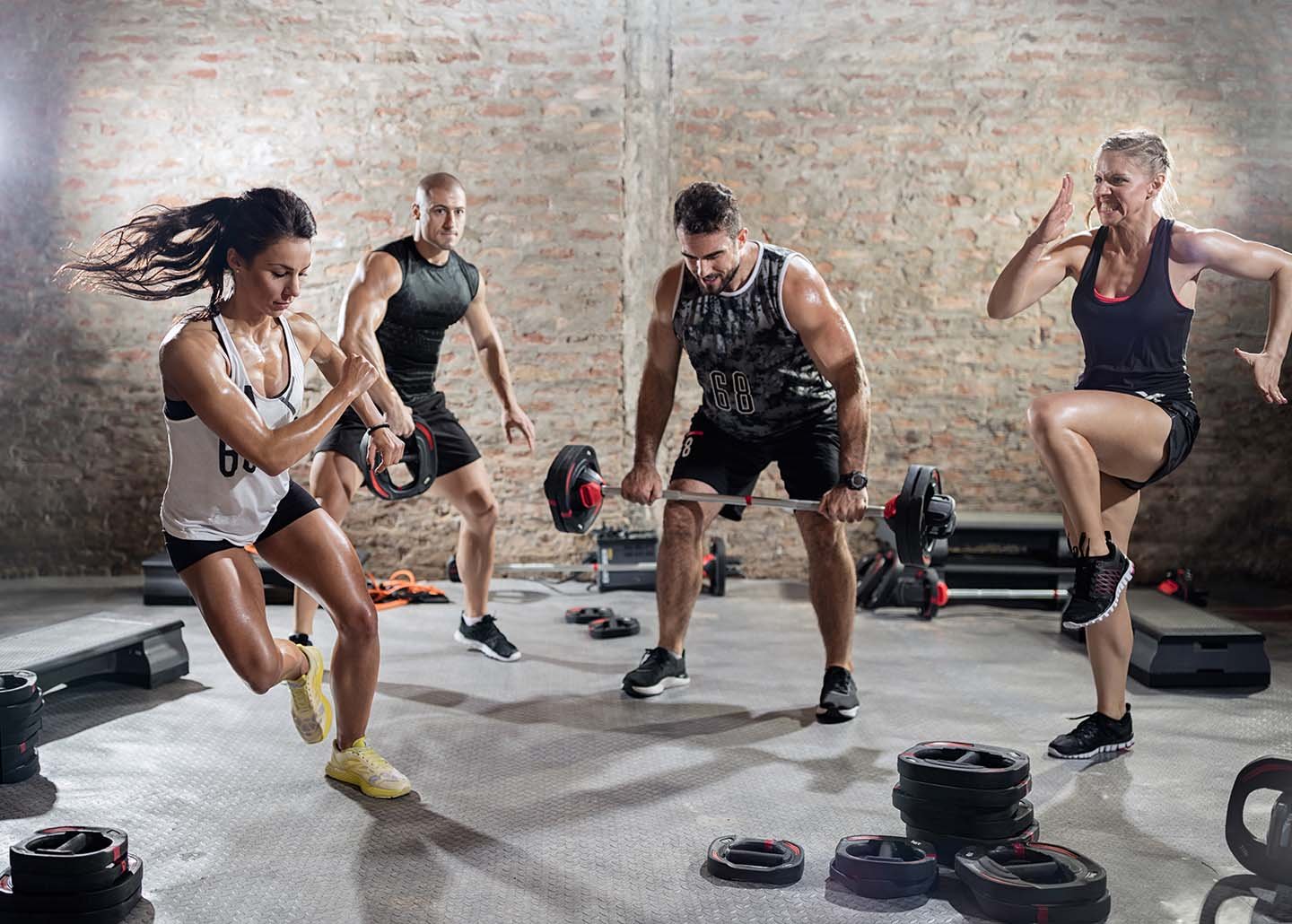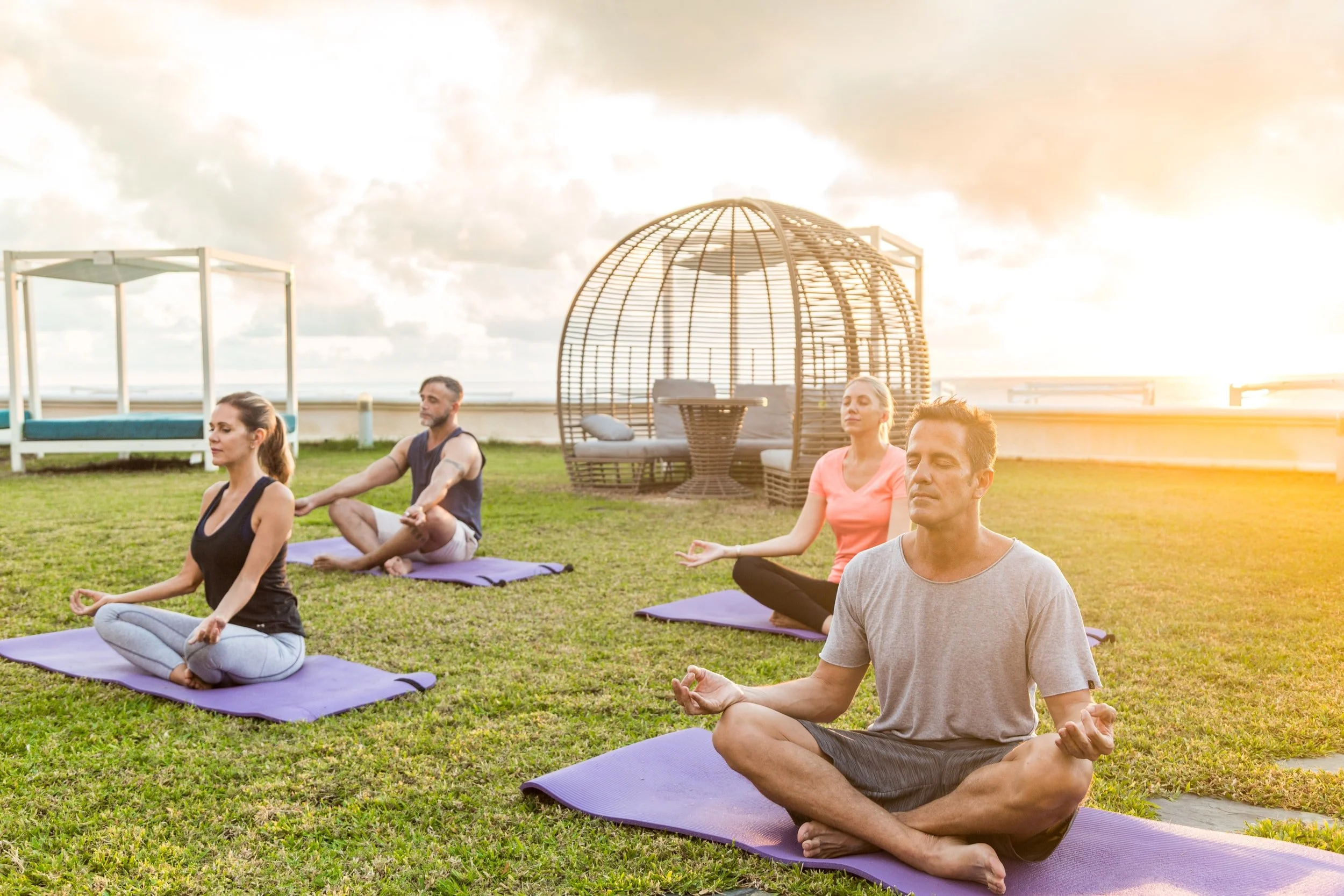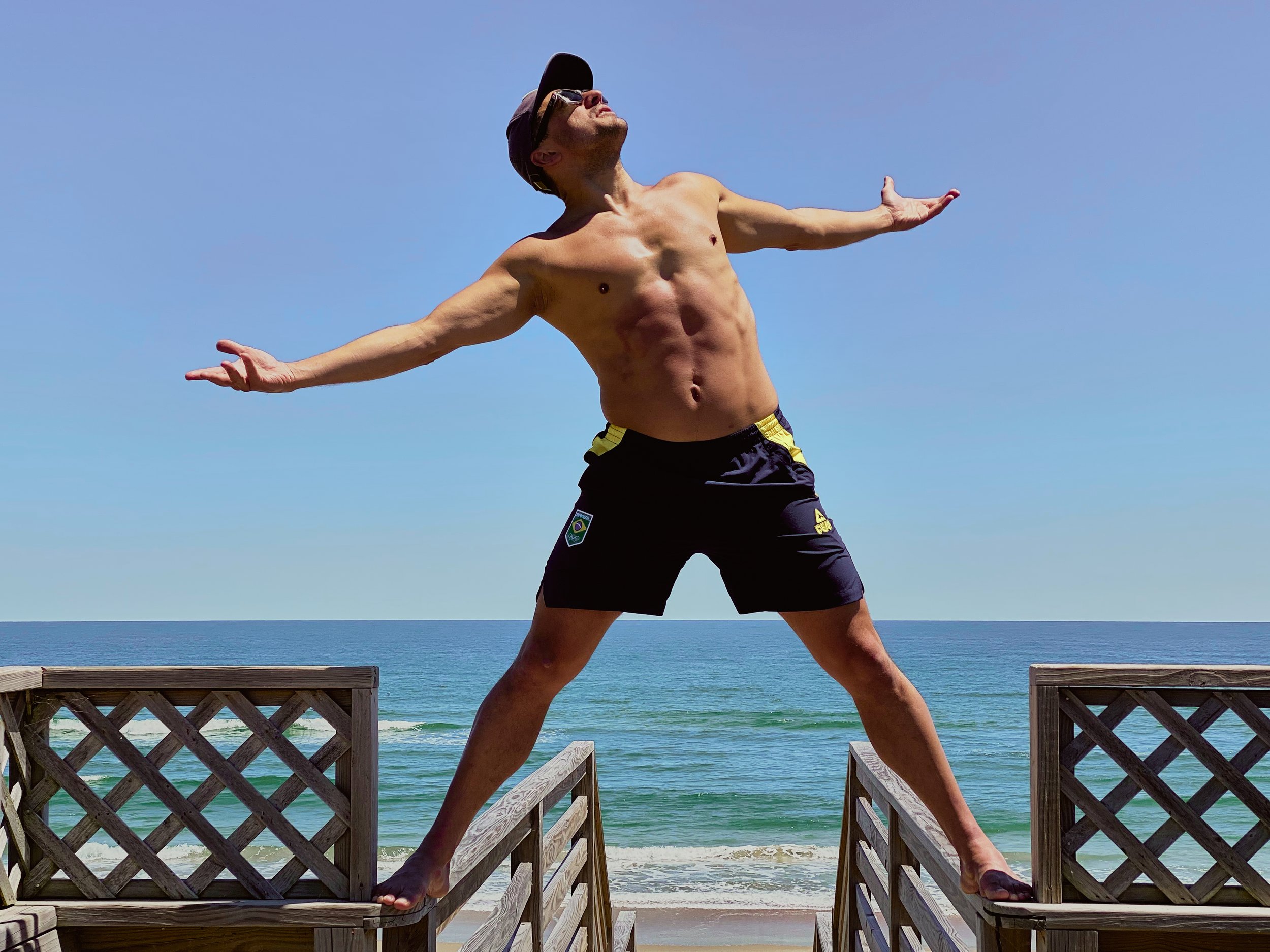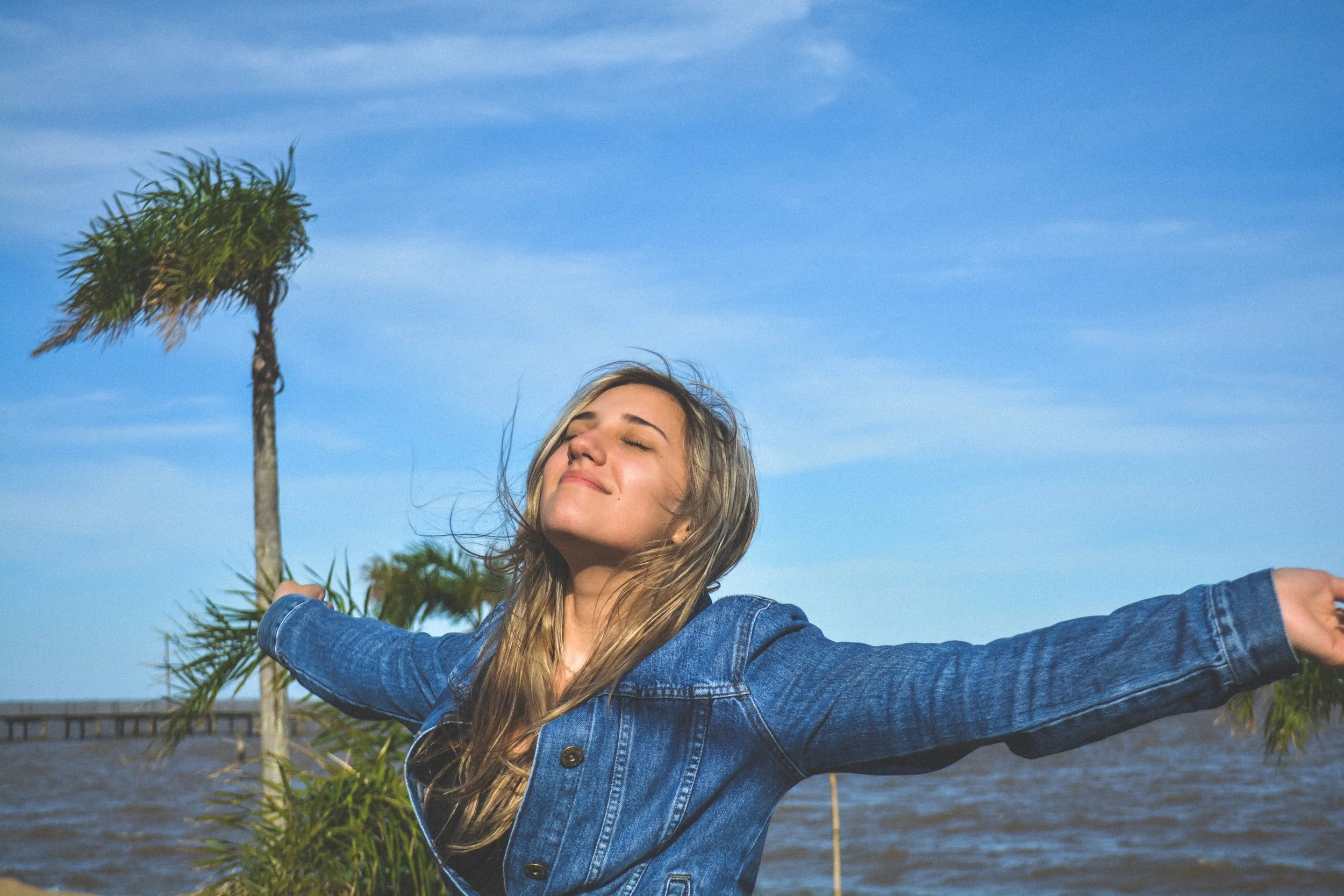Nordic walking, benefits and harms.
Nordic walking, benefits and harms.
There are a large number of sports in the world. One of the most popular nowadays, especially among representatives of older age groups, is Nordic walking with poles: the benefits and harms of exercise have been proven, so it is necessary to carefully study the list of contraindications and consult a doctor before starting exercise. It is extremely important to observe the technique, as doing so will ensure that the desired result is obtained and will avoid accidental injuries of the musculoskeletal system and other body systems.
What is Nordic Walking?
Scandinavian or Nordic walking is a special type of physical activity that uses a special technique of walking with sticks. It helps to increase and maintain the tone of a large muscle group, the overall health of the body. Foreign scientific studies show that regular exercise significantly reduces the risk of developing cardiovascular diseases, promotes weight loss, increases the tolerance of physical and stress loads, and improves overall condition.
Nordic walking is a popular sport among people of all ages. Nordic walking differs from other sports in its simplicity, relative safety and high availability. There are no restrictions on age, gender, or fitness level.
What muscles work during Nordic Walking?
During Nordic walking, almost 90% of the striated muscles of the body work. The greatest load falls on the following muscles:
Deltoid muscle;
Subscapularis muscle;
Pectoralis major muscle;
Triceps;
A group of muscles that flex the forearms;
External and rectus abdominal muscles;
Latissimus dorsi muscle;
Infraspinatus muscle;
The whole group of gluteal muscles;
Quadriceps femoris muscle;
Quadriceps;
Calf muscles;
Anterior and posterior tibial muscles.
It is important! Nordic walking is superior to many sports in terms of the effectiveness of the musculoskeletal system. For example, when cycling (45% of the muscles are working), about 300 calories are burned in 1 hour, while running (50% of the muscles are working) - 500 calories, and when Nordic walking - 700 calories.
The method has gained wide popularity for its rapid weight loss. Due to the well-coordinated work of almost the entire muscular apparatus of the body, the consumption of calories in comparison with ordinary walking increases more than 2 times, with sports running - by 40%. After an intense workout, the human body is in a "state of increased activity" for several hours, in which fat cells continue to be utilized.
In the process of training, all types of metabolism are activated, the intensity of blood flow increases, while there is no significant load on the cardiovascular and respiratory systems.
What are the benefits of Nordic walking?
The main advantages of Scandinavian Walking include:
Maintaining the muscle tone of the oxides of the upper and lower body at the same time;
Significant burning of kilocalories with a relatively low energy consumption, low physical fitness;
Weak pressure on the knees and spine (with age, the frequency of damage to these segments of the musculoskeletal system increases);
Posture correction;
Improvement of the general condition, training in coordination of movements and balance (relevant during the rehabilitation period after injuries and vascular disorders);
Increasing endurance and tolerance to any load.
This sport is extremely healthy.
For young people.
For those who are young or middle aged, Nordic walking allows you to correct various defects of the musculoskeletal system, acquired in school years or existing congenital defects (posture disorders, neck curvature), stabilize the gait, and increase coordination of movements.
A distinctive feature is the early prevention of almost all components of the metabolic syndrome (obesity, type II diabetes mellitus, hypertension and even gout). In constantly active young people, diseases of the gastrointestinal tract are less common.
For seniors.
With age, a significant bundle of diseases from the endocrine, cardiovascular and central nervous systems accumulates. Scandinavian walking, due to its simplicity, allows people to feel in a new way: cravings and interest in life increase, general condition improves, and reliable prevention of a number of disorders is provided.
This sport increases the utilization of glucose by the cells of muscle and adipose tissue, not only by increasing needs, but also by activating insulin receptors. This allows you to maintain an adequate glycemic background.
Active muscle contractions in the open air moderately increase the total peripheral vascular resistance, heart rate, and cardiac output fraction. Against this background, the intensity of metabolism in myocardial cells increases and coronary blood flow accelerates. Even against the background of stage II and III hypertension, the features described above are not dangerous. As a result, prevention of ischemic heart disease is provided (if it is present, the frequency of angina attacks and myocardial infarctions decreases), as well as ischemic and hemorrhagic strokes.
With age, the frequency of atrophic and degenerative brain pathologies (Alzheimer's, Pick's disease) increases. Prevention of these disorders is carried out by activating mitochondria and increasing the synthesis of ATP.
It is important! Scientific studies indicate a low incidence of breast, prostate and lung cancer (70% less) with regular exercise (from 5 times a week).
What is the harm of Nordic walking?
The harm from Scandinavian Walking can be obtained only if the technique of performing the Nordic walking is not followed or if there are contraindications. In all other cases, this sport is completely safe. Major injuries include:
Joint and ligament injuries;
Overloading certain muscle groups with symptoms of seizure activity;
Inadequate reaction from the cardiovascular system (development of arrhythmia attacks, exacerbation of the course of coronary heart disease, etc.);
Respiratory failure (increased respiratory rate, cyanosis, dizziness, etc.).
Who is not allowed to do Nordic walking?
Unfortunately, there is a fairly large list of conditions in which Nordic walking is a prohibited sport. Before starting classes, you should definitely consult with a specialist. Only a doctor can competently assess the general condition of the body and make a decision regarding the appropriateness and safety. Contraindications include:
Severe heart failure with symptoms of oxygen deficiency;
A period equal to 30 days after myocardial infarction and 2 months after a stroke;
Thrombophlebitis and varicose veins of the lower extremities;
Severe lung diseases, in which there are symptoms of respiratory failure or the vital capacity of the lungs is reduced by 50% or more;
Active forms of arthritis of any etiology;
The course of infectious and inflammatory diseases (during the period of chronicity or remission, classes are possible);
Arterial hypertension: training is prohibited only for malignant forms;
Unstable exertional angina;
Fatal lesions of the musculoskeletal system, in which the restoration of articular and bone tissues is impossible (surgical correction is required);
Arrhythmias accompanied by an increase in heart rate, either currently or in your medical history.
Important! In case of joint diseases, before starting training, you need to consult a doctor. Thus, the Scandinavian type of walking is practically not dangerous for people of older age groups in the absence of the above conditions.
What equipment do you need in order to practice Nordic walking?
For Nordic walking, you need to purchase special poles. Special poles are used that are much shorter than ski poles. On the handles of the sticks, there are special straps that are fixed on the hands and resemble fingerless gloves. This allows you to manage this inventory with little effort.
You will also need to choose the right shoes. It is best to use athletic shoes with a cushioning sole or insole to reduce stress on the joints of the lower limbs and the spine.
How to choose Nordic walking poles?
The choice of equipment for classes must be approached responsibly.
There are two types of poles: fixed and telescopic, which can be adjusted by adding retractable elements. They have the lowest possible weight. For this, aluminum, carbon fiber, or high quality composite materials are used.
The basic selection rules are as follows:
The handle should be comfortable and fit well in the hand.
The strap should not dangle freely or squeeze your hand unnecessarily.
Correct tip selection- For hard surfaces, rubber is used, for walking on ice, snow, and tropics - a thorn made of hard materials (metal, plastic).
Adequate length.
How to set up Nordic walking poles by height?
Choosing the right length of Nordic walking poles is the most important step. The size of the inventory depends solely on the height of the person, and not on the degree of the desired load or age. Ignoring these circumstances will lead to significant stress on the pelvic apparatus, knee joints, and spine. For convenience, the table below is presented.
| Human height, cm | Height of sticks, сm |
|---|---|
| 195 and above | 135 |
| 187-194 | 130 |
| 181-186 | 125 |
| 174-180 | 120 |
| 168-173 | 115 |
| 162-167 | 110 |
| 153-161 | 105 |
| 145-152 | 100 |
Starting to engage in this sport, you do not need to strive for special "victories" and deliberately load your body. Before starting, you definitely need a warm-up, which will ensure the preparation of the body and will allow you to get the most out of Scandinavian walking.
Nordic walking: how to walk and breathe correctly?
Breathing is the most important part of Nordic Walking. It is necessary to inhale air exclusively through the nose (this promotes its heating and ensures the physiological work of the respiratory apparatus), and exhale only through the mouth. For each inhalation - 3 steps, for each exhalation - 4 steps.
At each step, you should first step on the heel, then transfer the weight to the sole and only then to the toes. The knees are slightly bent, the shoulders are laid back, the body is straightened. You need to push off with sticks with each step forward.
It is recommended to walk at least 10,000 steps (about 5,000 meters) per day. The optimal time is morning and noon. It is during this hour interval that the air is as fresh as possible.
The place of training is a park and forest zone. It is impractical to conduct classes in urban conditions due to the high pollution of the ambient air. The duration of the lessons is 45–70 minutes.
Scandinavian Walking is one of the most progressive sports with many benefits for the body. During classes, it is necessary to follow the technique and perform a warm-up to maximize the benefits. It is also recommended to consult a doctor to avoid accidental injuries to the musculoskeletal system.
















